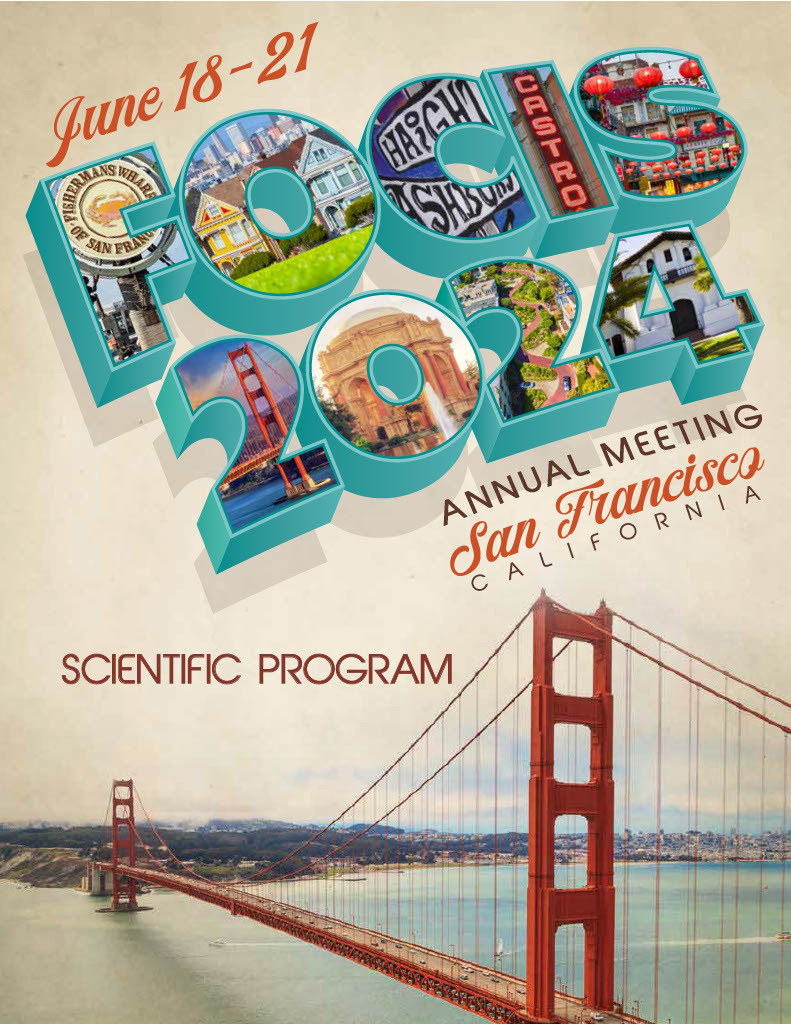Th178 - Unraveling Human Hematopoietic Progenitor Cell Diversity Through Association with Intrinsic Regulatory Factors
Thursday, June 20, 2024
7:30 AM - 7:45 PM PT
David Glass – Stanford University; Luciene Borges – Stanford University; Reema Baskar – Stanford University; Warren Reynolds – Stanford University; Daniel Ho – Stanford University; Ilya Shestopalov – bluebird bio; Sean Bendall – Stanford University
- PF
Patricia Favaro, PhD
Senior Research Scientist
Stanford Univerwity
Palo Alto, California, United States
Abstract Text: Expression of CD34 is a hallmark of human hematopoietic stem and progenitor cell (HSPC) identity. Still, CD34+HSPC, regardless of their origins, represent a heterogeneous mixture of phenotypic identities and functions. We hypothesized that quantification of evolutionarily conserved molecular regulators (i.e. transcription factors and chromatin proteins) with a deep phenotypic analysis of human HSPCs would better organize the functional diversity of the CD34 cell compartment. Leveraging single-cell mass cytometry we captured the expression of >40 protein-level phenotypes and functional regulators on three million CD34+ cells spanning primary human hematopoietic tissues, including adult bone marrow (BM), mobilized peripheral blood (mPB) (G-CSF and Plerixafor), and cord blood (CB). Data-driven organization revealed a molecular-regulator-centric identity across the progenitor cell spectrum while, at the same time, grounding this information within the standard model of human hematopoietic definitions that allow for prospective identification. To validate our new model of human hematopoietic organization, we prospectively isolated newly identified E/Meg and myeloid populations, interrogating their epigenetic potential (i.e., chromatin landscapes) and associated clonal differentiation capacity in vitro. Overall, our study demonstrates the utility of molecular regulators in enhancing identifying and separating cellular identity and functional potential. Using this new rubric to align human BM progenitors with mPB and CB HSPC corroborates the expansion of the multipotent progenitor cells, specifically HSC and MPPs, within fetal tissues. Altogether, we provide new insight into the earliest events of human hematopoietic immune development, new definitions for prospective isolation of HSPCs, and a reference framework for further study and manipulation of these tissues.

